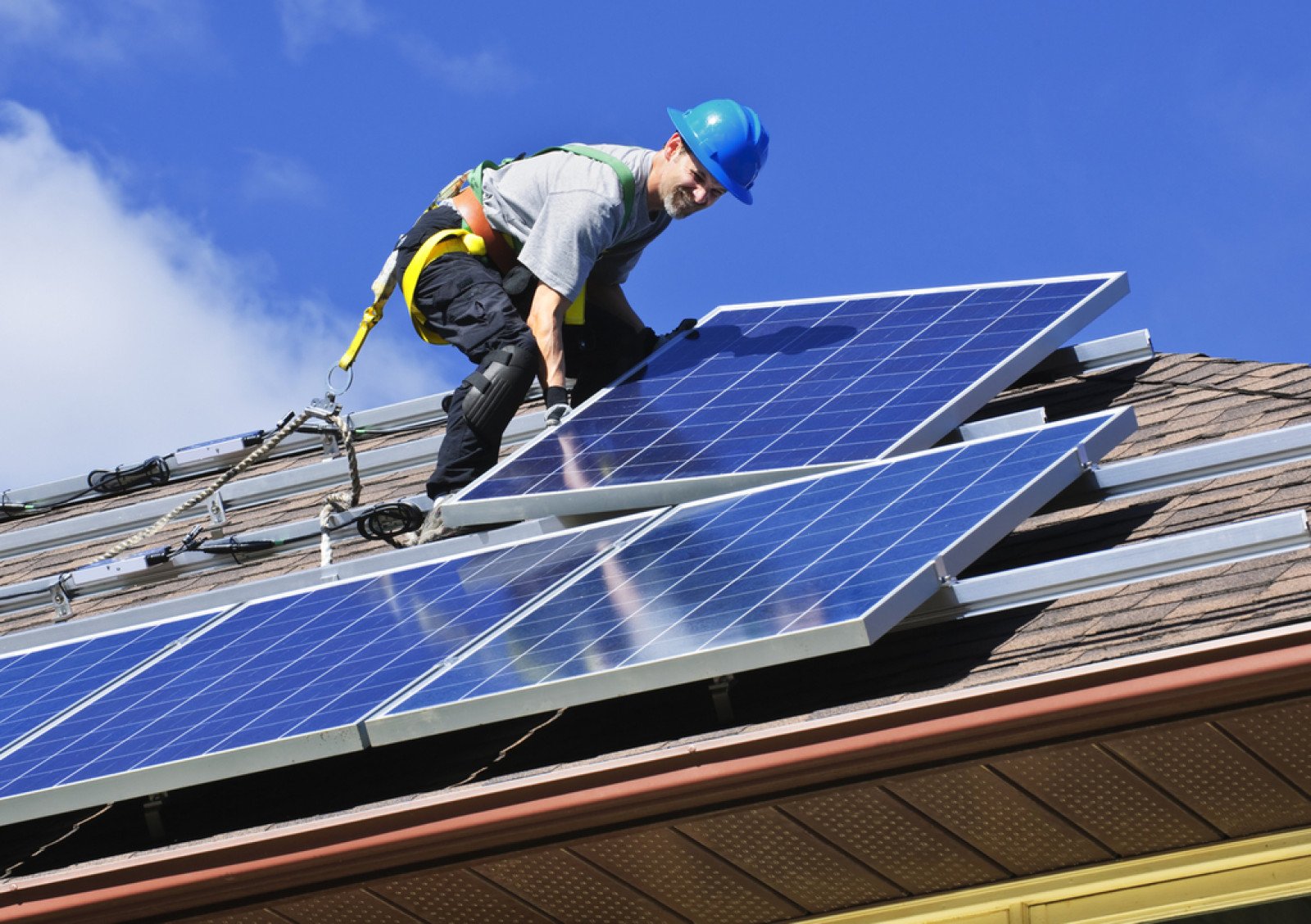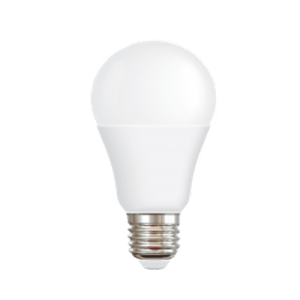Solar photovoltaics
How do solar panels capture sunlight and transform it into electricity?

Overview
The sun’s energy can be converted to electricity using solar photovoltaic technology. After watching a short video, students work with a partner to reinforce key points and explore the pros and cons of solar power.
Instructions
What you'll need
- "Solar word search" worksheet
Prior knowledge
- Ask students to hold up between one and five fingers as a rating of how well they understand solar energy.
- Have a few students share what they know. Point out that there are two types of solar energy: thermal and photovoltaic. Thermal produces heat and photovoltaic produces electricity.
- Hand out and review the "Solar word search" worksheet.
Watch the video and listen for clues
- Watch the video once or twice, reminding students to listen for the words needed to fill in their worksheet. Pause the video as needed.
Discussion
- In groups of four, students can share their answers and add more notes to the advantages/challenges table.
- As a class, review how energy from the sun can transform into electricity and list the advantages/challenges of photovoltaic technology.
Modify or extend this activity
- Have students research the use of renewable energy technologies in their community.
Curriculum Fit
Grade 7 Science
Content
- Electricity is generated in different ways with different environmental impacts
Curricular competencies
Questioning and predicting
- Demonstrate a sustained curiosity about a scientific topic or problem of personal interest
Evaluating
- Identify some of the social, ethical, and environmental implications of the findings from their own and others’ investigations
Communicating
- Communicate ideas, findings, and solutions to problems, using scientific language, representations, and digital technologies as appropriate
Assessments
- Assess student engagement in the activity, contributions to class discussion and their group work.
- Review "Solar word search" worksheet to ensure accuracy.
- Answer key:
- Solar photovoltaic cells are also called Solar PV
- Solar cells transform energy by using semiconductors.
- Solar PV only works in direct sunlight.
- A prosumer is someone who produces and consumes their own electricity at home (producer and consumer).
- Solar energy is a renewable resource.
- The cost of producing solar energy is less expensive than it used to be.
Thinking about solar energy
Advantages | Challenges |
|
|
Teaching Notes
The Sun is the Earth’s main source of energy. Sunlight can be captured and turned into photovoltaic (electricity) and thermal (heat) energy.
Photovoltaic technology converts the sun’s rays to electricity. Photovoltaic facilities have a large number of panels, each containing a number of solar cells made from silicon. When the sunlight hits the solar cells, photons of light from the sun excite the electrons in the solar cells to create an electric current. This electric current is collected to make electricity. Solar panels are often placed on roofs, where there is little shade, so that the sunlight has a clear path to the panel.
Solar energy is considered one of the cleanest and most renewable sources of energy. There are no direct greenhouse gases released into the environment from the generation of solar power. There are some greenhouse gases released from the production of the solar panels though and photovoltaic solar panels can require significant space.







